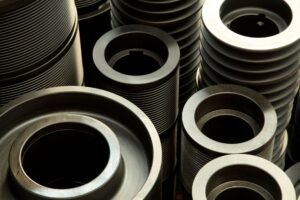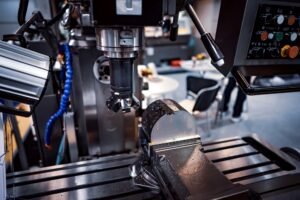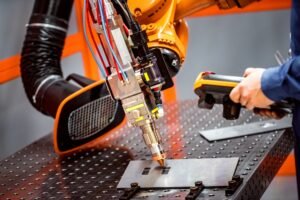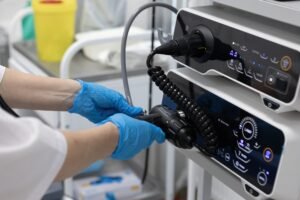General heat treatment
General heat treatment of steel includes the following processes:
Quenching
The steel is heated to a temperature above its transformation point to form austenite; then it is rapidly cooled to form martensite. This process increases the hardness and strength of the steel without changing its shape, but it also makes the steel more brittle.
Tempering
Heating the steel again after quenching can increase the elasticity and toughness of the steel and transform it into a wear-resistant structure. However, the hardness is slightly reduced compared to the state after quenching.
Annealing
Since semi-hard steel, hard steel and alloy steel are difficult to cut due to their high hardness, the annealing process is used to improve the steel structure and soften it.
Normalizing
The normalizing process is used to make the steel structure finer, homogenize the carbides, and eliminate residual stress, making the steel easier to cut. Since hardenability is also improved, normalizing is sometimes used as a pretreatment process before quenching.
Poor quenching or tempering can lead to problems such as insufficient hardness, cracks, deformation, and damage to molds and fixtures. Processed products such as mechanical parts, machine tools and functional components may break or bend after being assembled into the machine, which may cause user complaints and claims.
Quenching and tempering under appropriate heat treatment conditions according to the specific steel type are essential to ensure the quality required for its application.
The general heat treatment process of steel is as follows:
Steel type selection
Processing→Inspection→Cleaning→Quenching→Cleaning (if oil quenching)→Tempering→Post-treatment (as needed)
Inspection
Because the metal is heated to a high temperature during the heat treatment process, the metal combines with moisture and oxygen in the air to form oxides, which is called oxidation. In subsequent processes, these oxides need to be removed by grinding or other methods. Decarburization may also occur when the steel is heated. The carbon in the surface layer combines with oxygen in the air, resulting in carbon reduction.
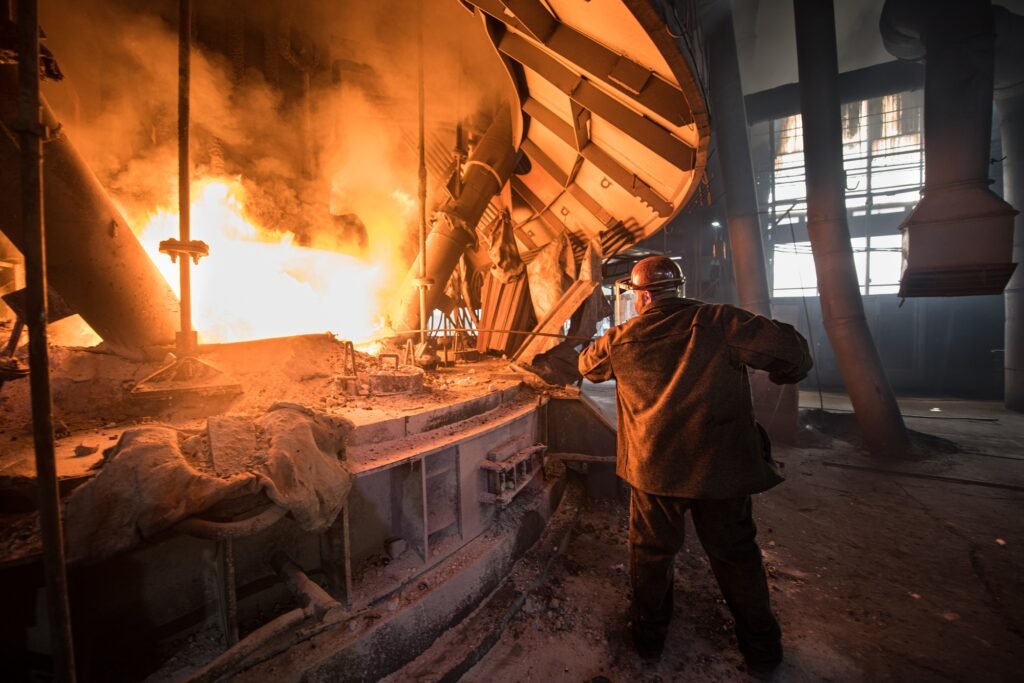
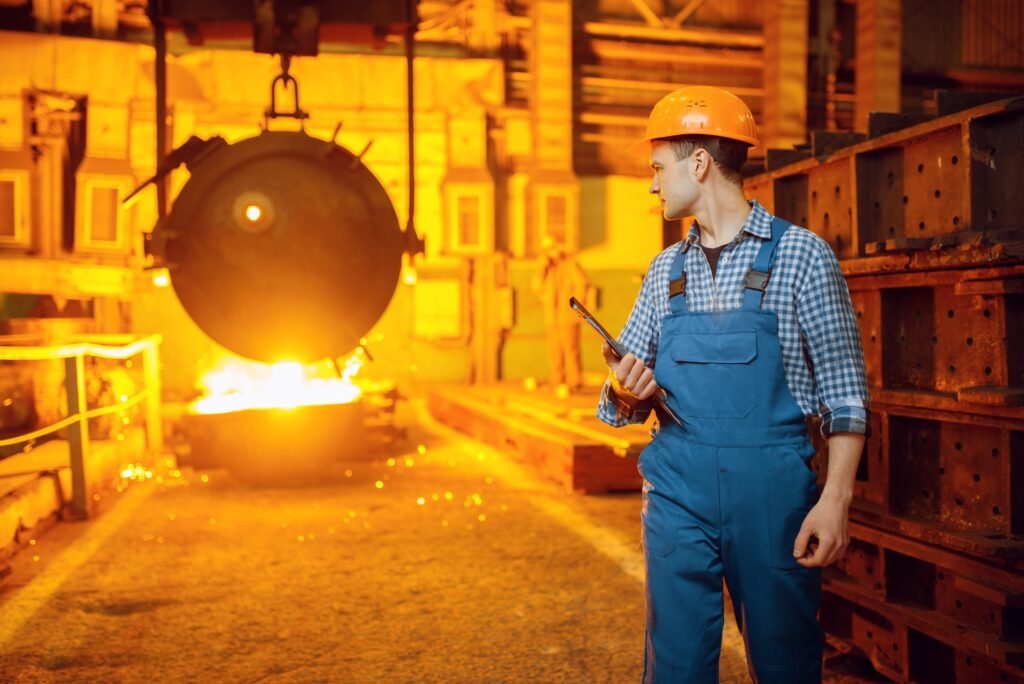
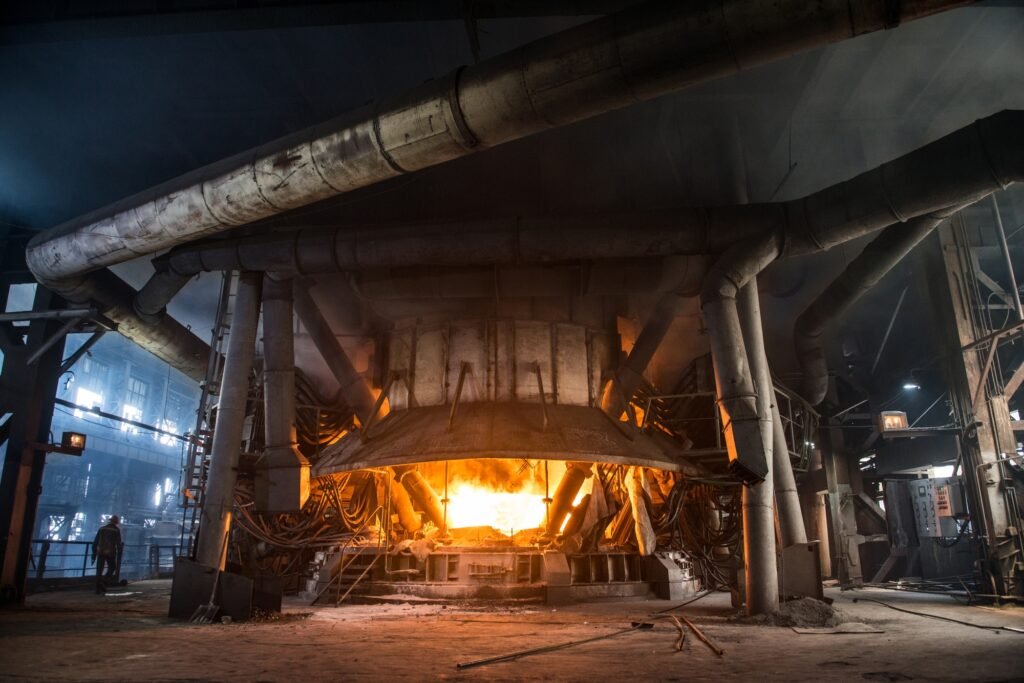
Why Choose Pentek?
Pentek has been providing heat treating services for 20 years. We strive for efficiency and consistency, and are committed to providing our customers with the highest quality products. Work with us to experience precision and innovation in every project we undertake.
Pentek has signed long-term cooperation agreements with many well-known domestic heat treatment manufacturers, giving priority to the supply of Pentek’s outsourced products, while ensuring product quality and providing the shortest delivery cycle, ensuring the diversity of Pentek’s processing technology and products.
Strict Quality Control
Whichever processing service you choose from us, we can provide you with quality services that exceed your expectations. As an ISO 9001 and AS9100 quality certified company, we always adhere to the highest quality standards in the processing industry. We implement the most stringent quality control procedures in every aspect of our operations to ensure complete customer satisfaction.

